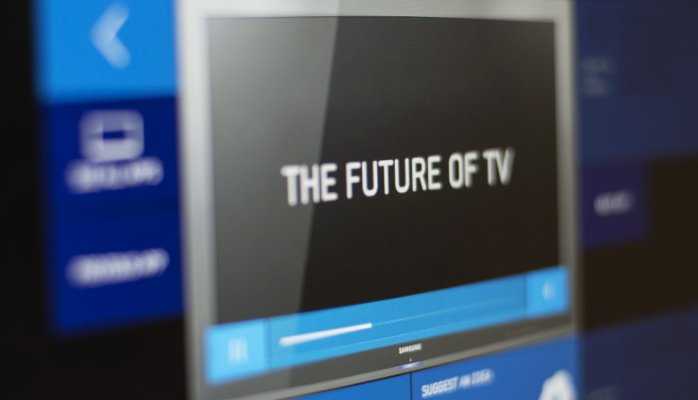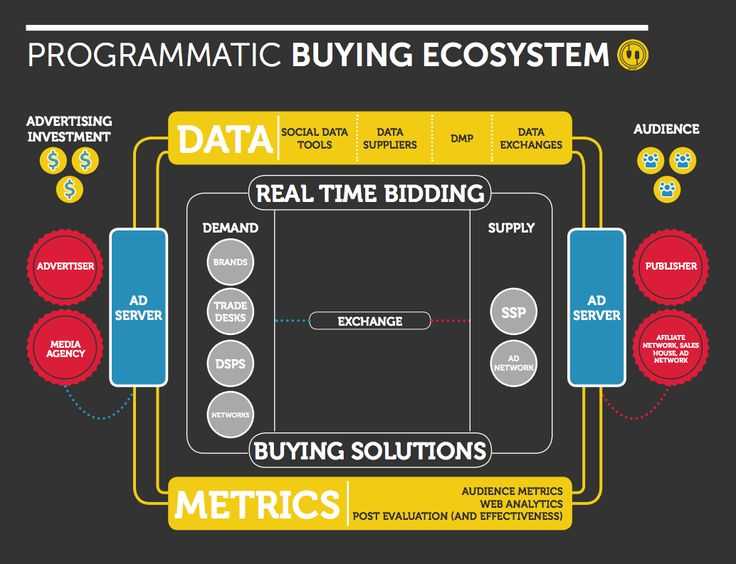
What is the future of TV Advertising ? Get more than rumours.
By Kvantum Team Posted June 04, 2016 In TV, Ad targeting, Industry Trends

Television has long been the leading medium when it comes to American video consumption, but the landscape is quickly changing. TV industry constantly evolves, let us look at the key trends that will shape TV advertising in 2016.
The downfall of TV as an advertising medium has been greatly exaggerated, as this trend continued towards the end of the year. In the U.S., around 77 percent of TV viewers are using another device at the same time as watching TV, and 49 percent of these will be smartphones. This increase in multi screening will see a significant rise in multi-screen campaigns during 2016.
Questions answered by SocialTimes 5 Trends That Will Shape TV Mobile App Advertising in 2016 provides us good vantage point to start with.
1. What are trends in local TV advertising usage?- Local TV Advertisers Buy Online/Mobile To Complement TV Media.
2. \What are consumer preferences ?-** Consumers Favor Premium Video From Big Media
3. What are our internet users are saying?- Most Internet Users Say Pay TV Is Too Expensive
4. What is one key performance measurement tactics advertisers are using?- Now Advertisers Can Watch You Watch TV
5. Where the momentum is?- Digital TV Viewers Gain Momentum, But Traditional TV Still Dominates.
Lets discuss in detail above points-
- Local TV station advertising revenues are estimated to hit $22.3 billion this year with local cable TV getting to $7.5 billion according to article by MediaPost-Local TV Advertisers Buy Online/Mobile To Complement TV Media**.** A recent survey says that nearly 70% of advertisers plan to increase or maintain their local cable TV ad spend this year. More than half of advertisers are able to quantify their advertising results on local cable TV. Nearly 40% of advertisers believe local cable TV is “very and/or significantly important” for their plans over the next 12 months.
- Consumers Favor Premium Video From Big Media as posted by MediaPost. According to results from Hub Entertainment Research, 34% of digital TV viewers would rather watch online video from “big media,” with only 14% preferring video from “independent” creators. Premium video -- from TV networks and big TV-film production companies -- continues to climb in digital video advertising prices, the cost per thousand impressions.
- Most Internet Users Say Pay TV Is Too Expensive as per article posted by eMarketer. According to a recent survey of US adults, 61% of respondents strongly agreed that pay TV services are too expensive. According to the study, respondents felt that they should not need a bundled telephone, internet and television service to get the lowest price on these services. The 13 largest pay TV providers in the US, which account for approximately 95% of the market, saw a net loss of 470,855 subscribers in Q2 2015.
- Marketers want to get a more accurate picture for how advertising really makes people feel. Few U.S. companies are starting to experiment with using facial recognition to track reactions of American TV viewers to commercials and TV shows as posted by fortune- Now Advertisers Can Watch You Watch TV
- Digital TV Viewers Gain Momentum, But Traditional TV Still Dominates as per article by MediaPost. According to eMarketer, in 2016, 164.5 million Americans will watch digital TV — 50.8% of the U.S. population, which is up from 47.8% last year. Traditional TV usage will dominate in years to come. This year, 205.7 million U.S. adults will watch TV through traditional channels, including cable and satellite providers, and by 2018, 202.1 million U.S. adults will watch traditional TV.
What is the next one trend to watch?
Programmatic/ addressable TV.

Programmatic or addressable TV is a promising development that may help television evolve as posted by Forbes-
How TV Can Succeed In The Digital Age.
- Traditional TV is seeing competition from video streaming providers like Netflix and Amazon, Over-The-Top (OTT) devices such as Chromecast and Roku, and streaming content on a myriad of personal devices.
- As for advertising, TV is where we see the majority of spending. It’s a $72 billion-a-year industry in the U.S., compared to $50 billion for digital advertising.
-
However, if TV is going to stay the leader amid this digital disruption, it needs to make some changes – and make them fast.
Find below a few more open question to consider and discuss further.
- Do you think TV audience targeting will become much more sophisticated?
- Will TV be leveraged more for brand building than as a direct response mechanism?
- Do you think advertisers will increase or maintain their local cable TV ad spend this year?
- Will pay TV subscribers continue to turn off their subscriptions?
-
Do you think Traditional TV usage will dominate in years to come? Feel free to share your thoughts with us.
Curated from below online References:
- http://www.mediapost.com/publications/article/269638/local-tv-advertisers-buy-onlinemobile-to-compleme.html?utm_source=newsletter&utm_medium=email&utm_content=headline&utm_campaign=90552
- http://www.mediapost.com/publications/article/269948/online-tv-video-consumers-favor-premium-video-from.html?utm_source=newsletter&utm_medium=email&utm_content=headline&utm_campaign=90668
- http://www.emarketer.com/Article/Most-Internet-Users-Say-Pay-TV-Too-Expensive/1013601?ecid=NL1007
- http://fortune.com/2016/02/13/bbc-ads-crowdemotion/
- http://www.mediapost.com/publications/article/268287/digital-tv-viewers-gain-momentum-but-traditional.html?utm_source=newsletter&utm_medium=email&utm_content=headline&utm_campaign=90035
- http://www.forbes.com/sites/onmarketing/2016/01/19/how-tv-can-succeed-in-the-digital-age/#2e47d43a2aed http://www.seosolutionsindia.com/blog/2016/04/05/programmatic-marketing-tips-programmatic-media-buying-advertising/
2019 Kvantum, Inc.